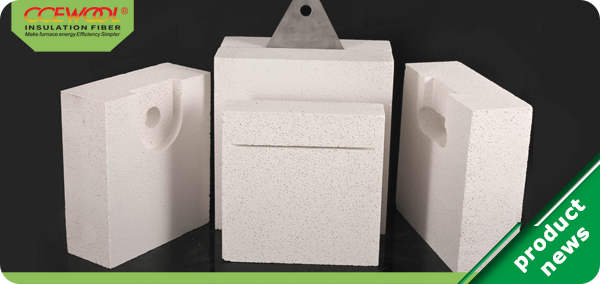
Precautions for the application of lightweight refractory bricks
1. Lightweight refractory bricks have large porosity and loose arrangement, and cannot be used in areas where can directly touch the slag and molten metal;
2. Its mechanical strength is low and cannot be used as load-bearing structures;
3. Its wear resistance is poor, and it should not be used in areas that are in direct contact with the charge or areas that are easily to be worn.
The loss of heat storage in the masonry of industrial kilns and the loss of heat dissipation on the outside of the furnace body generally account for about 24 to 45% of the fuel consumption. The use of light bricks with low thermal conductivity and small heat capacity as the structural material of the furnace body can save fuel consumption. Because the furnace can heat up and cool rapidly, it can improve the production efficiency of the equipment; it can also reduce the weight of the furnace body, simplify the structure of the furnace, improve the quality of products, reduce the ambient temperature, and improve the working conditions.
The slag resistance of lightweight refractory bricks is poor, so lightweight refractory bricks cannot directly contact molten metal and slag. The mechanical strength and wear resistance of this kind of brick are also poor, so it is not suitable for the parts where the high-speed airflow scours and the vibration is large.